RCW: Filling the Role
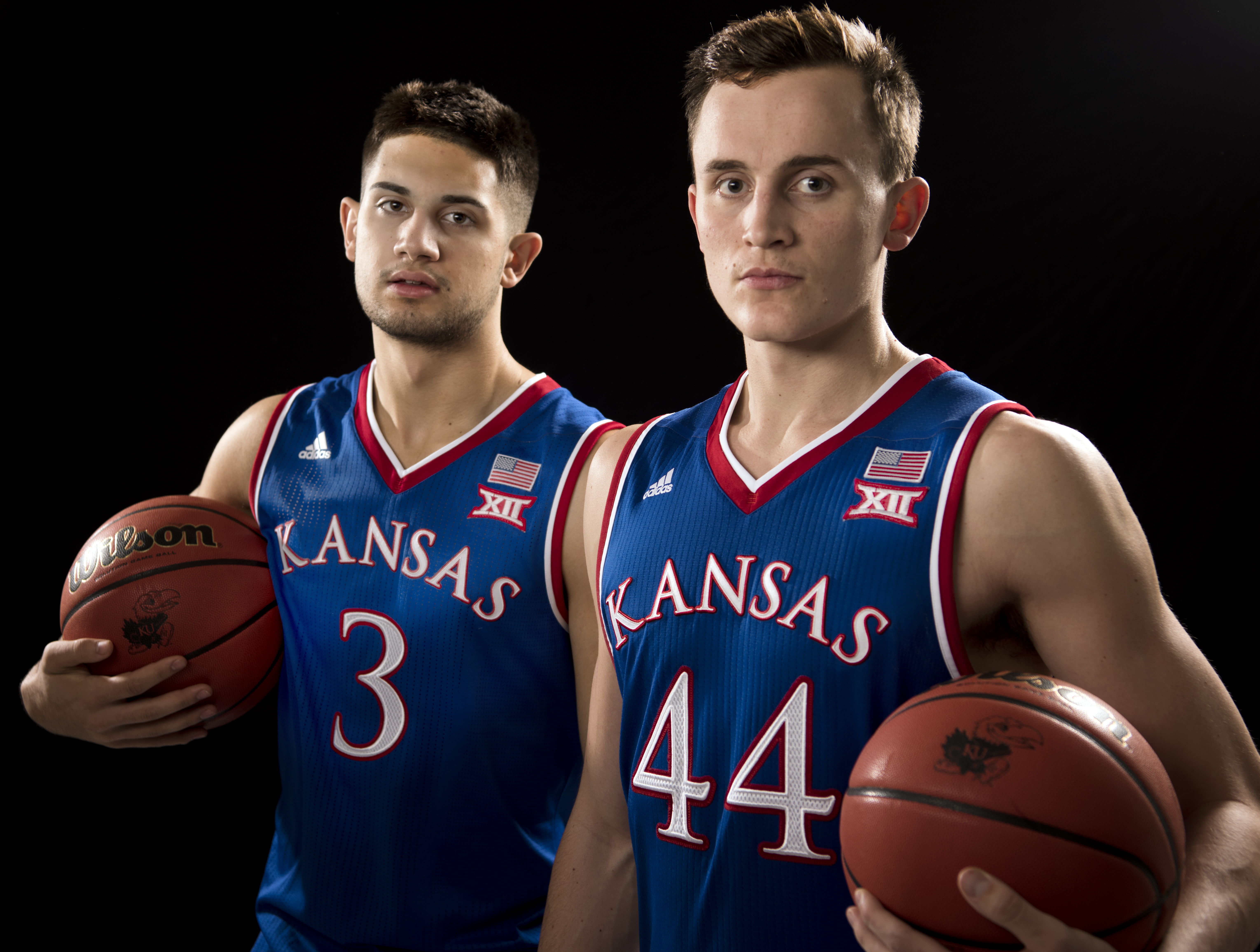
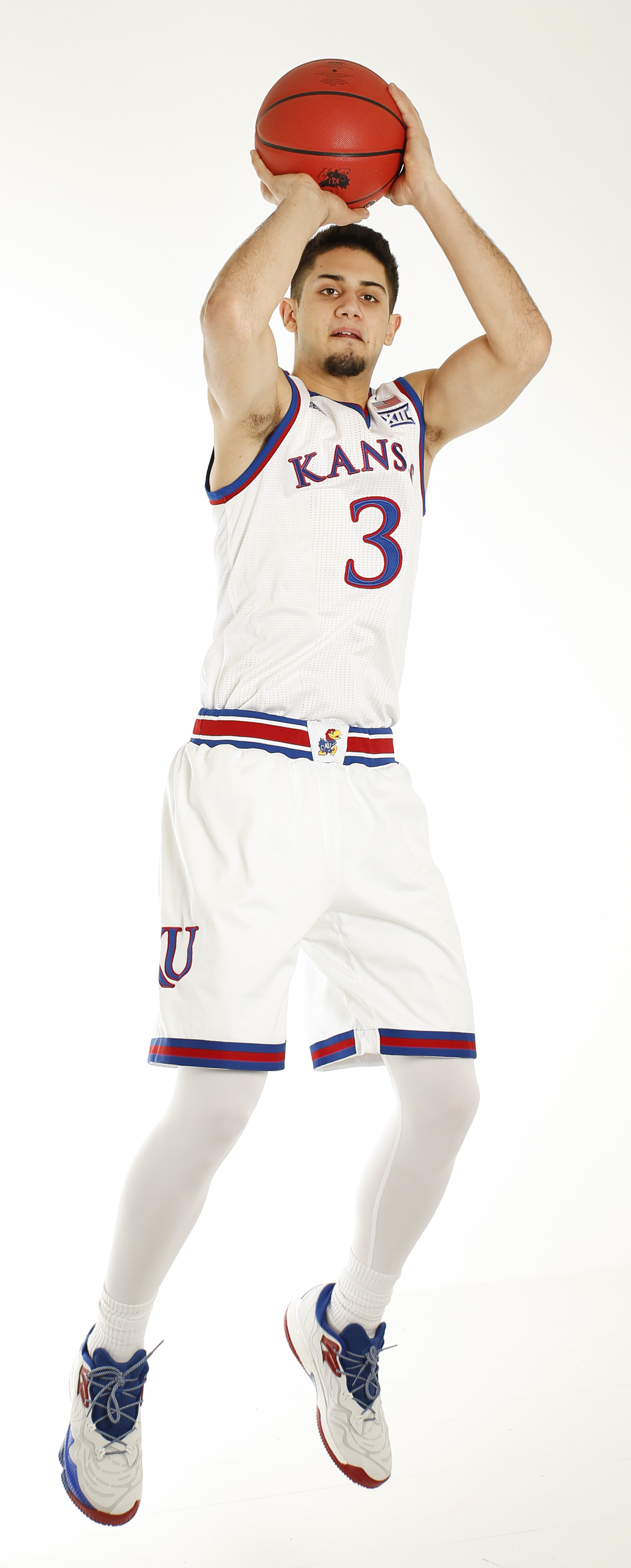

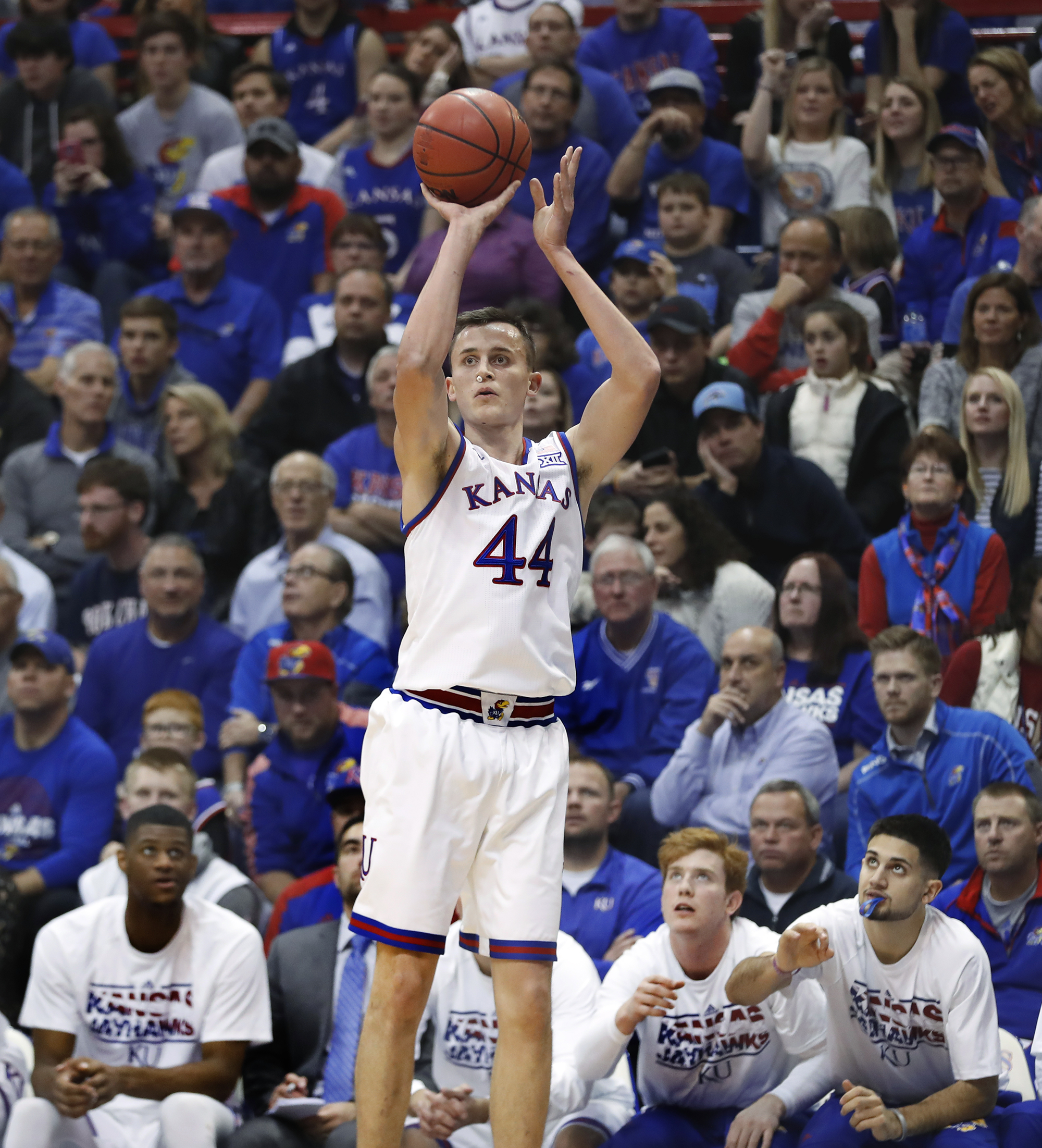
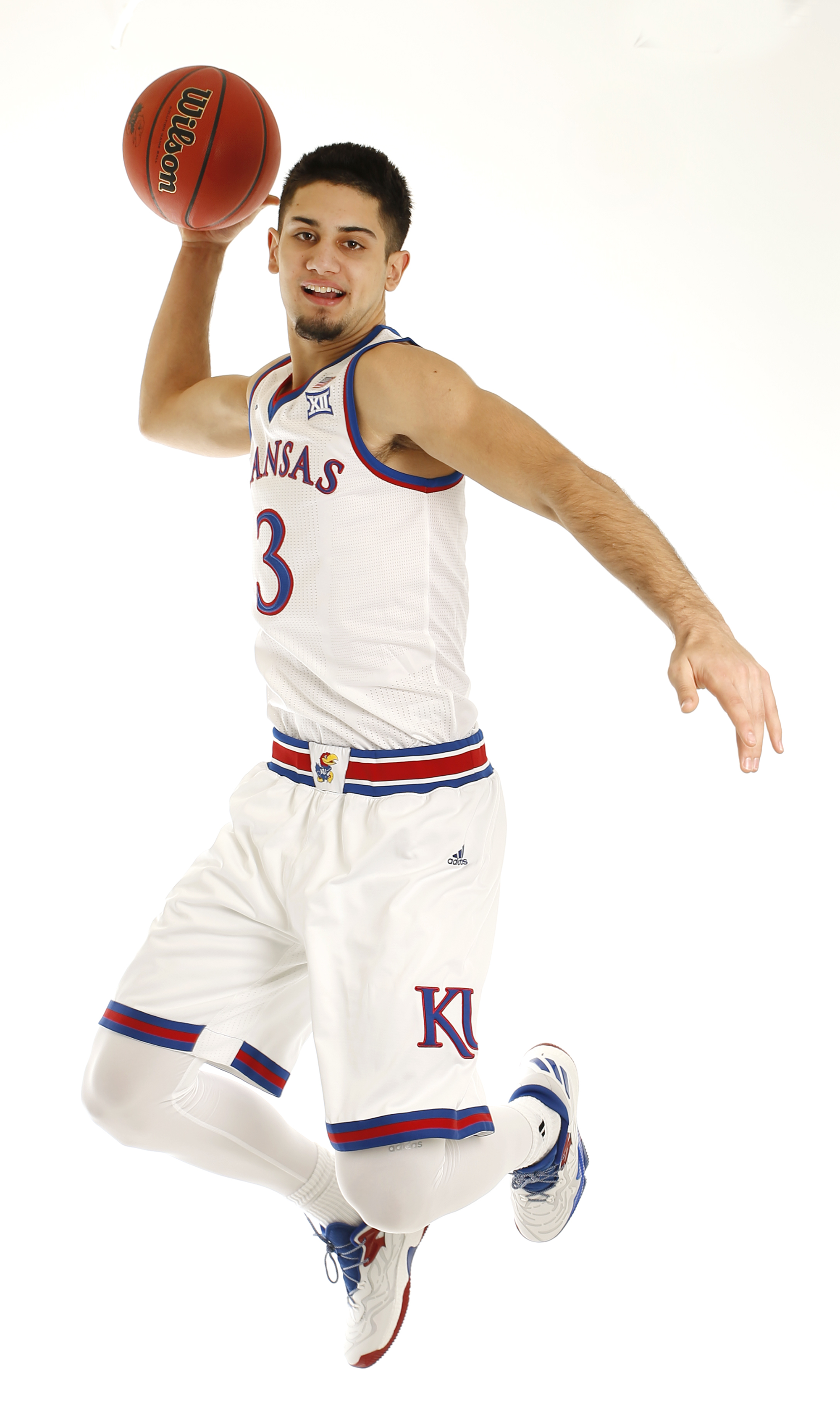
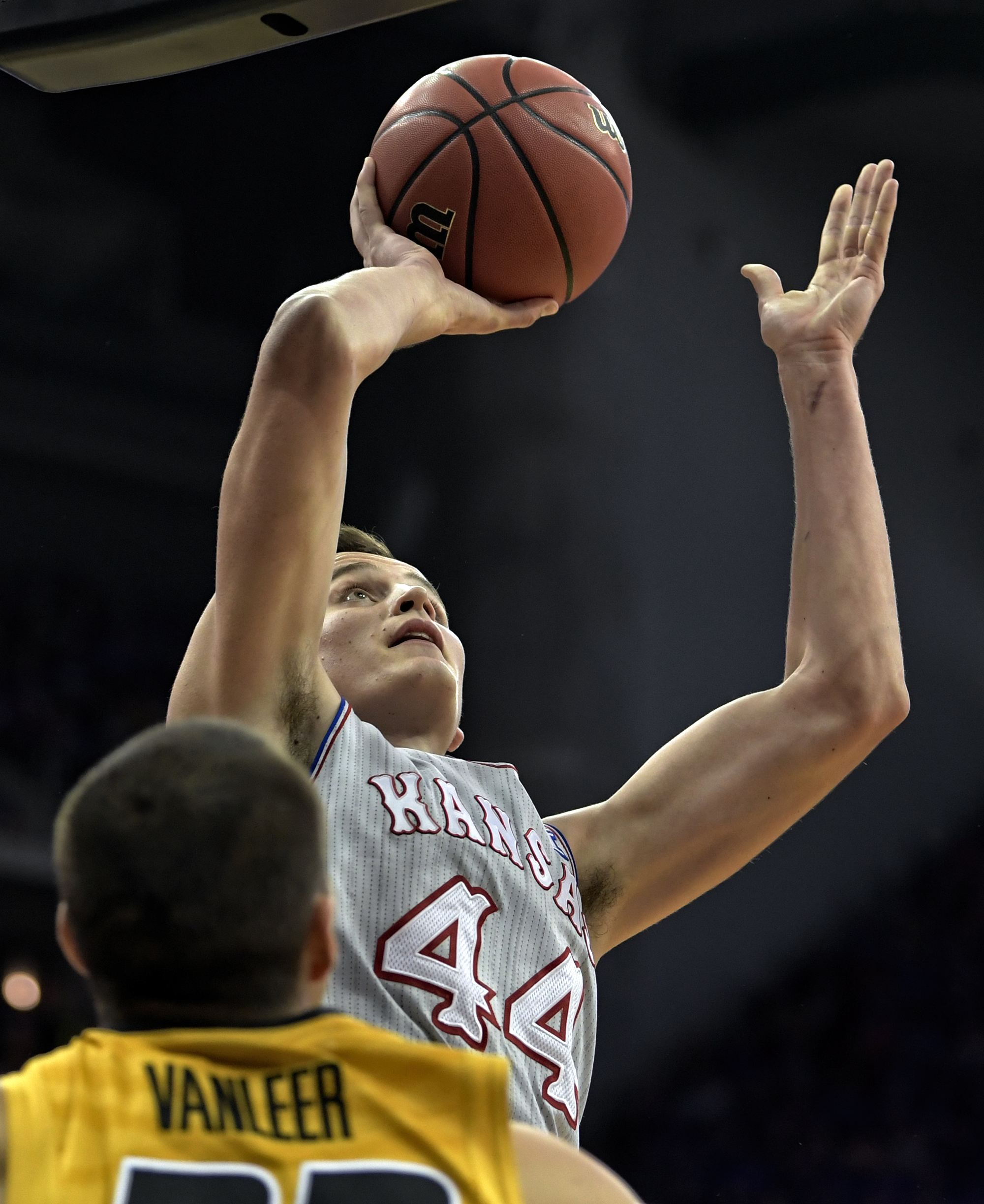
Five national championships, home to the 13 Original Rules of “Basket Ball,” and 13-straight conference titles, the University of Kansas men’s basketball program is rich with tradition and success, represented by some of the all-time greats.
But for every Wilt Chamberlain or Danny Manning, there are 10 other players who also make a substantial impact on the team. Unfortunately, sometimes these individuals have the tendency to fly under the radar, as their efforts are not accurately represented on the postgame stat sheet.
With one of the top basketball programs in the entire country, Kansas has the luxury of recruiting the best players from around the entire world. And on a team where everyone comes from being the greatest player on their previous squad, most are forced to insert themselves into a smaller role, beneficial to the team’s success. The search for such a role can be found on the KU bench, in sophomores Sam Cunliffe and Mitch Lightfoot.
FROM THE TRACK TO THE HARDWOOD
The journey for Cunliffe began in Seattle, Washington. His love for basketball, like most in his position, began at an early age, with help from one of the game’s icons.
“I always loved basketball when I was young,” Cunliffe said. “I had all the Michael Jordan posters. My Dad would always (be) getting me his new shoes. I had all of (Jordan’s) tapes, so I just loved basketball and would try and imitate him.”
Coming from a family where athletics were the norm, it was no surprise that Cunliffe was competing in sports from an early age. However, despite his love for basketball, it was not the first focus of Cunliffe’s athletic career.
“My dad ran track at Washington State and was really good,” Cunliffe said. “I’ve always been pretty athletic. When I was young, about six or seven, my dad had me start to run track. I started doing that and played basketball a little bit, just at recess or on the weekends. But I was really training for track.”
And Cunliffe didn’t just run track, he lived it. The importance of the sport to his family was immediately felt, and the intensity of the training soon followed.
“I know that I was young, but we really took it seriously in my family,” Cunliffe said. “We trained every day and were on specific diets. We really tried to take it seriously because we didn’t have enough money to pay for everyone’s college. So that was our way.”
With the importance of success in the back of his mind, Cunliffe continued to train as hard as he could. From an early age, he displayed his athleticism, highlighted by his ability to jump. As a result, his training focused on the long-jump event and his hard work paid off.
“I went to every Junior Olympics,” Cunliffe recalled. “When I was 10 years old, I set the age group World Record for long jump. I went 16 feet, 10 and ¾ (inches) and won the Junior Olympics that year.”
Despite his success in track, Cunliffe could not stop thinking about his true passion: the game of basketball.
“I remember driving all the way from Seattle to Des Moines, Iowa, for nationals. On the way back, I told my dad that I wanted to play basketball and that I didn’t want to run track anymore,” Cunliffe said. “He was kind of hurt and told me that I had two years to show him that I could be good enough.”
So it was decided. Cunliffe was going to stop running track and switch his focus to basketball. However, his start was rockier than expected.
“When I was about 11 years old, I started playing for an AAU team and I wasn’t any good,” Cunliffe said. “I was the worst guy on the team and had no idea what I was doing. But I just kept playing through the years. I played in eighth grade and was okay. Then I got cut from the freshman team and played JV my sophomore year.”
No stranger to the requirements of being a successful athlete, Cunliffe refused to quit. He took the lessons of hard work he learned from his early years in track and transferred them to the basketball court.
“I just kept playing and kept climbing and climbing,” Cunliffe said. “My junior year I grew a little bit and just worked out every single day. I would bus anywhere and would be in the gym. I would even spend the night in gyms. My parents left me with a lot of freedom when I was young to let me navigate through things and to help me grow up a little faster. It got to the point where I was in the gym 24/7. I kept getting a little bit better and better.”
Continuing his hard work, Cunliffe began to grow and develop the skills needed to compete at a higher level. As a result, he transferred to Rainier Beach High School, a school with a prestigious basketball program, for his junior season, where he had a chance to showcase the skills he’d been working so hard to fine-tune.
“Going into my junior season I wasn’t ranked in the top-100 in the state,” Cunliffe said. “By the end of my junior year, I was in the top-10. So going into that summer, I set a goal to be ranked in a top-50 in the nation.”
Just like before, the work never stopped. Cunliffe spent day after day perfecting his craft and trying to reach his goals. And as no surprise, success followed.
“It was kind of crazy, because I wasn’t even the top player in my state,” Cunliffe said. “But I put in a lot of work that summer going into my senior year. I went to a camp called the West Coast Elite. There happened to be some scouts there, and they sent me to Pangos Camp, which was an NBA top-100 camp. By the end of the summer I was ranked 35th in the nation.”
Now one of the top-50 recruits in the nation, and the No. 1 player in the state of Washington, Cunliffe felt that he had something to prove.
“Jamal Crawford, Nate Robinson, Doug Christie, a bunch of legends went to Rainier Beach,” Cunliffe explained. “The pressure there is to win a state championship. Being the best senior in the state at that time, I really felt that (pressure). I had a lot of proving to do and we ended up winning the championship. So far that is the best basketball feeling I have had.”
Achieving yet another goal, Cunliffe knew he had the opportunity to continue his basketball career at he next level. Recruited by a number of Division I schools, Cunliffe decided he wanted to play for the Arizona State Sun Devils. However, his stay in Tempe was short lived, as he decided to transfer following his first semester.
“When I was a senior in high school, (KU assistant Kurtis Townsend) came to practice and told my coach that Kansas would love to have me, but I had already committed to ASU,” Cunliffe said. “When I decided that Arizona State wasn’t the place for me, he was the first person to reach out to my coach. From there, I came out on my visit and was sold. I mean, it’s Kansas, and I felt like I needed to be pushed. I am happy (with) where I am at.”
ANOTHER JAYHAWK FROM THE DESERT
Around the same time as Cunliffe’s rise up the ranks in Washington, fellow Jayhawk and future teammate, Mitch Lightfoot was making the decision as to where he was going to spend his days playing college basketball.
Born in Kansas City, Lightfoot spent his first five years of life less than 50 miles down the road from Jayhawk country. He then moved to Arizona, where he first noticed an advantage that he would begin to use for the rest of his life.
“I started playing basketball around six years old, when I moved to Arizona,” Lightfoot said. “I always took a liking to it because I was bigger than everyone else. I played basketball, football and swam for a while. I even played soccer on a whim as a goalie in the seventh grade. But mostly it was basketball, and I have obviously been playing ever since.”
Like his teammate, Cunliffe, Lightfoot’s beginning to basketball was anything but perfect. However, following the theme of current and former Jayhawks, Lightfoot worked day in and day out to reach his full potential.
“When I was growing up, I was never really the most coordinated guy in the world,” Lightfoot said. “But I just kept getting better and just focused on working on my craft. I’m thankful because I had a lot of opportunities and got to play in some big events. I made the most of it and now I’m here today.”
Lightfoot attended Gilbert Christian High School in Gilbert, Arizona. His hard work paid off as he was named the Arizona Gatorade Player of the Year in 2016 after leading his team in points, rebounds and blocked shots on the way to a sectional championship and a top-10 finish in the state.
As a result, Lightfoot had his choice of where he was going to continue his career.
“I was recruited by a lot of schools,” Lightfoot said. “I narrowed my final five down to Kansas, Arizona, Stanford, Utah and St. John’s. I took all of my visits, but I took the Kansas (one) and I knew then where I wanted to go.”
With an understanding of what it meant to be a Jayhawk, the decision was made easy for Lightfoot.
“I understood the tradition and having been raised in Kansas City, I knew how passionate everyone was about their basketball,” Lightfoot said. “It is cool with me living in Kansas City, to come back and play for Coach Self and hopefully help get the 14th-straight (Big 12 regular-season title).”
In addition to an understanding of how special it was to be a Jayhawk, Lightfoot also knew how great Kansas was because it encompassed an idea that has been with him throughout his entire life.
“A thing that I have been taught since I was born is ‘Family Over Everything,'” Lightfoot said. “You have to watch out for your family before all else. This is a big family. Our idea here is that it is ‘Us’ over ‘I’. We all want to watch out for the University and the history we have here because no single player will be bigger than what has been built here by the players before us. We want to help preserve that and help enrich that.”
While the Kansas tradition runs deep, like most of his generation, Lightfoot grew up watching and idolizing players of the Bill-Self era.
“Growing up, I remember watching Thomas Robinson,” Lightfoot said. “I loved being able to watch Thomas play. And players like Mario (Chalmers) and Jeff Withey. I always liked those kind of players who grew into their roles. It was special to me.”
These players are special because Lightfoot can relate to them. While he saw limited action in 26 games during his freshman season, he is ready for what will be required to fulfill a bigger role on the team as a sophomore.
“I have stepped into a bigger role as a sophomore, with myself and Udoka (Azubuike) being the only returning bigs,” Lightfoot said. “It has really been a cool experience to be an upperclassman on a team that is usually a big-man heavy program. It is a blessing to be able to be that leader of the big guys.”
While watching superstars like Robinson and Withey during his childhood, Lightfoot attributes his inspiration to lesser-known names on recent Jayhawk rosters.
“Some people I have watched in the past who have really helped me find my role are Jamari Traylor and Kevin Young,” Lightfoot explained. “Players like that don’t need to score points to have a good game. They do the little things: rebound, defend, block shots. It really inspires me to keep going and take my game to that next level.”
And Lightfoot has fully embraced his new role, realizing that he has the ability to make an impact in a different way.
“For me it is really just bringing energy to the team,” Lightfoot said. “Rebounding and defending. The intangibles. Not really things that you see on a stat sheet, but more of the things that bring life to the team. I have been focusing on making sure that everyone on the team has an understanding of what we are doing. Also getting an understanding of all the roles (is important to me), so that I can help others to do their job. Being a leader is a big thing for me.”
Now, fully immersed in his sophomore year as a Jayhawk, Lightfoot has already seen significant improvements, especially in his mental game, but still sees that there is more work to be done in order to reach his full potential.
“For me, it has been my understanding of the game,” Lightfoot said. “Just slowing it down and doing what it takes to get on the court. Understanding my role, embracing my role and helping others find their role. I need to get stronger too. I have gotten stronger but still need to keep hitting the weights hard and get a bit bigger. It will help me take the next step in helping this team.”
Unlike Lightfoot, Cunliffe has yet to play as a Jayhawk. Because of NCAA transfer rules, Cunliffe was forced to sit out for a year, missing the second half of the 2016-17 season and the first half of the 2017-18 season. His experience in the past year, however, has been much like that of Lightfoot, as he realized college basketball at Kansas is a completely different game than anywhere else.
“When I first got here, I was obviously talented, but I didn’t know what I was doing,” Cunliffe said. “You are overwhelmed with so much information on the court. Everywhere else I played, I could just play because of my talent. But here you really have to use your brain, too.”
While it has been difficult for Cunliffe to be forced to sit and watch his team from the bench, it has given him the opportunity to take his game to the level, where it needs to be.
“It stinks sitting there, looking on the court and thinking you can help,” Cunliffe said. “But I think this year has been good. No pressure, and I can just focus on myself. I get to see what I can do to help the team and get better for when it is my turn to play. I think that it has been good for me to just sit out and be coached.”
With an impeccable work ethic, Cunliffe continues to use the lessons he has learned up to this point, and is beginning to enjoy the process along the way.
“I started falling in love with getting better and stopped focusing on the results,” Cunliffe said. “Every single day you have to focus on something that you want to get better at. It doesn’t all happen at once. You aren’t going to have one day where you just explode. Every day you have to pick something to be great at. Knowing that you left the court and got better. It’s those little rushes, for me, knowing that I really improved.”
Getting better each day and understanding what he needs to bring to the court, Cunliffe knows that he will be able to make a difference when he steps on the court for the first time in mid-December, officially donning Kansas’ Crimson and Blue.
“I know that I am going to be a little nervous for the first couple minutes,” Cunliffe said. “Anybody would (be), you are playing for Kansas. But I know that I am quick enough and athletic enough, that everybody watching will see an immediate impact on the game. I can shoot the ball and all, but I don’t think I’ll be scoring right away. I’m going to be rebounding and defending. When you focus on those little things, shots fall and offense comes to you.”
Just like Lightfoot, Cunliffe has realized that the game isn’t going to be like it was in high school. Instead, he will be forced to focus on the detailed aspects of the game in order to fulfill his role and provide a benefit for the team.
“I’m at this point now where I feel like I have gotten really good,” Cunliffe said. “I’m really ready to help. “I’m going to be out there trying to help the team win.”
Cunliffe never talks about improving himself for his own sake. In the same way, Lightfoot speaks of his passion for improving as being geared toward the team’s success, an idea that is very important to him.
“Seeing the players who have come before me and the tradition that is here,” Lightfoot said. “The potential to fulfill that (role) is tantalizing to me. I really want to help this team get better and help the tradition grow. I want to show the fans and players what it really means to be a Jayhawk and what it means to love the University you play for. I want to impart my mindset and love for Kansas (onto others).”
While their journeys may have been different, the end result is much of the same. Early on, Cunliffe and Lightfoot realized that Kansas basketball was unlike any other. They were going to be challenged right off the bat and they would be forced to search and fulfill a role to benefit the team.
The two have embraced the idea fully, selflessly working day after day to improve. Not for themselves, but for their fellow family of Jayhawks around the world. Both now realize the details are just as important, even if you don’t get recognition on the final stat line.



